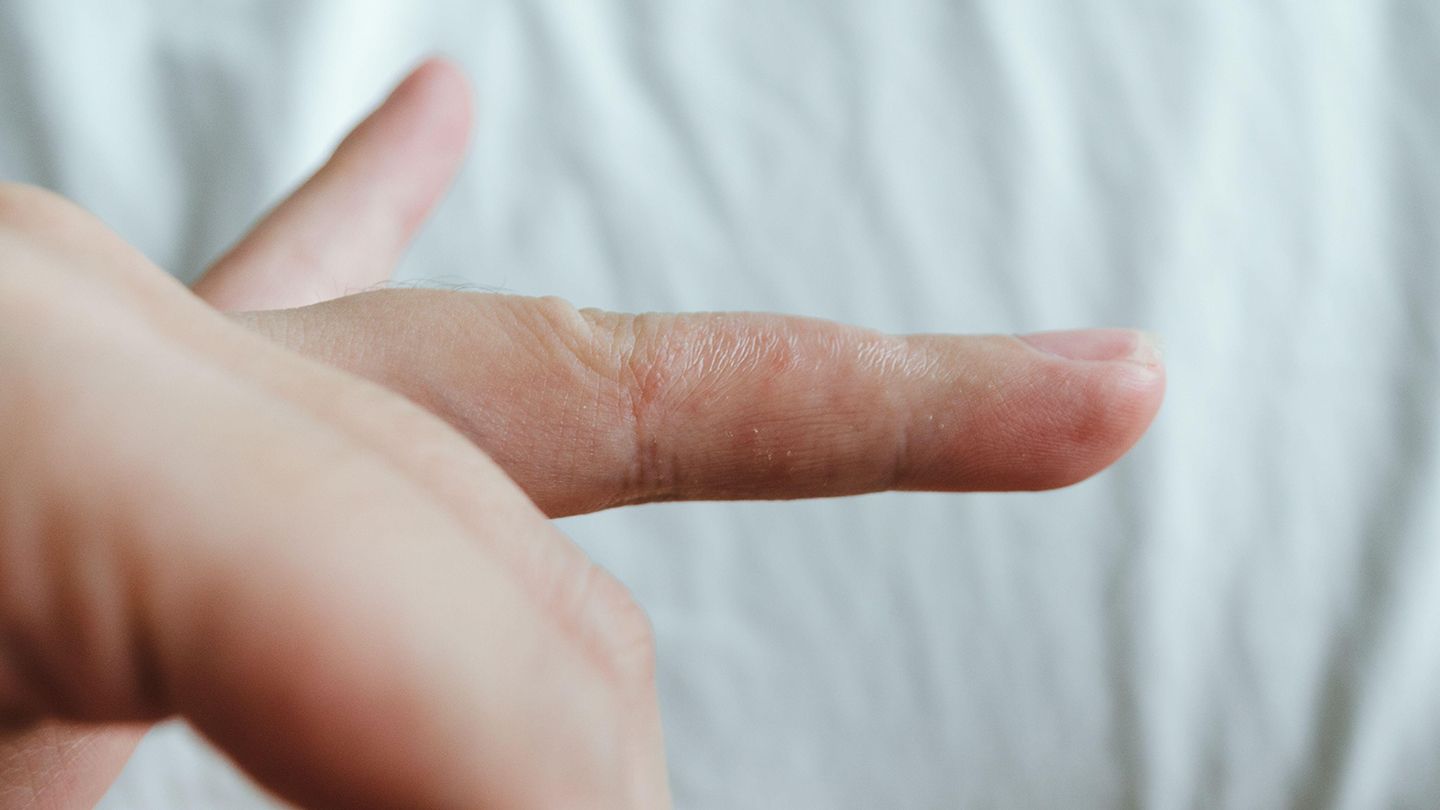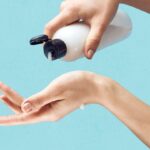Blisters occur in response to inflamed or damaged skin, explains Peter Lio, MD, a dermatologist at Northwestern Memorial Hospital in Chicago. They are essentially skin bubbles filled with fluid.
“This fluid, referred to as serous fluid, is ultimately a blood filtration product and is similar to when there is swelling in an area such as a swollen ankle after a sprain,” he says. “In the skin, the fluid can be very concentrated around blood vessels and can be superficial enough to cause tiny blisters rather than just swelling of an area.”
Once an eczema blister forms, it takes time for the body to reabsorb this fluid, which usually happens through the lymphatic system, Dr. Lio says. “Sometimes, however, they are very tense and superficial and simply rupture, releasing the fluid outside of the skin and then needing [time] to heal,” he says.
Eczema blisters are associated with multiple types of eczema, and they can show up differently depending on the cause.
Dyshidrotic Eczema
This form of eczema — also called pompholyx, palmoplantar eczema, and vesicular eczema — is seen on the hands and feet, and is more common in women. Usually, small deep blisters, called vesicles, form on the palms of the hands, soles of the feet, and sides of the fingers. The blisters are extremely itchy and cause scaly skin patches that peel as the bumps heal. As a result, dry skin and painful fissures can form.
“We often use soaks such as Burow’s solution to help soothe and dry out the blisters, and then have the patients apply the topical corticosteroid twice daily to the area,” he adds.
Allergic Contact Dermatitis
Treatment for eczema due to allergens involves washing the skin with a gentle cleanser to remove any trace of the substance that is irritating you. Also, try to avoid anything that you know causes a rash or eczema blisters to break out.
The best treatment for allergic contact dermatitis is simply avoiding the trigger. But with itchy, painful reactions, doctors may recommend over-the-counter or prescription steroid creams or oral steroids, plus topical or oral antihistamines to reduce inflammation and other symptoms. In some cases, applying ice or a wet compress can help as well.
Irritant Contact Dermatitis
As with allergic contact dermatitis, try to avoid any known irritants to help prevent eczema blisters. Also, use lukewarm water and moisturize after washing your hands to help reduce potential discomfort.
Read the full article here




